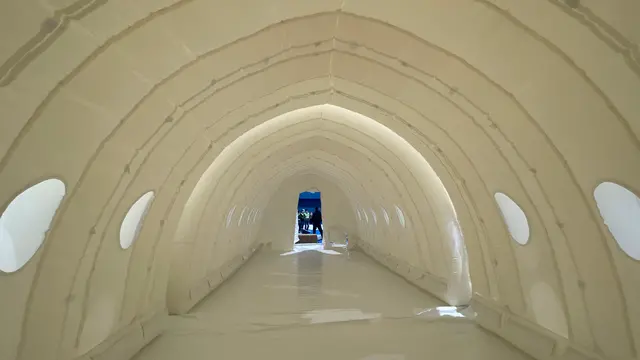02:01
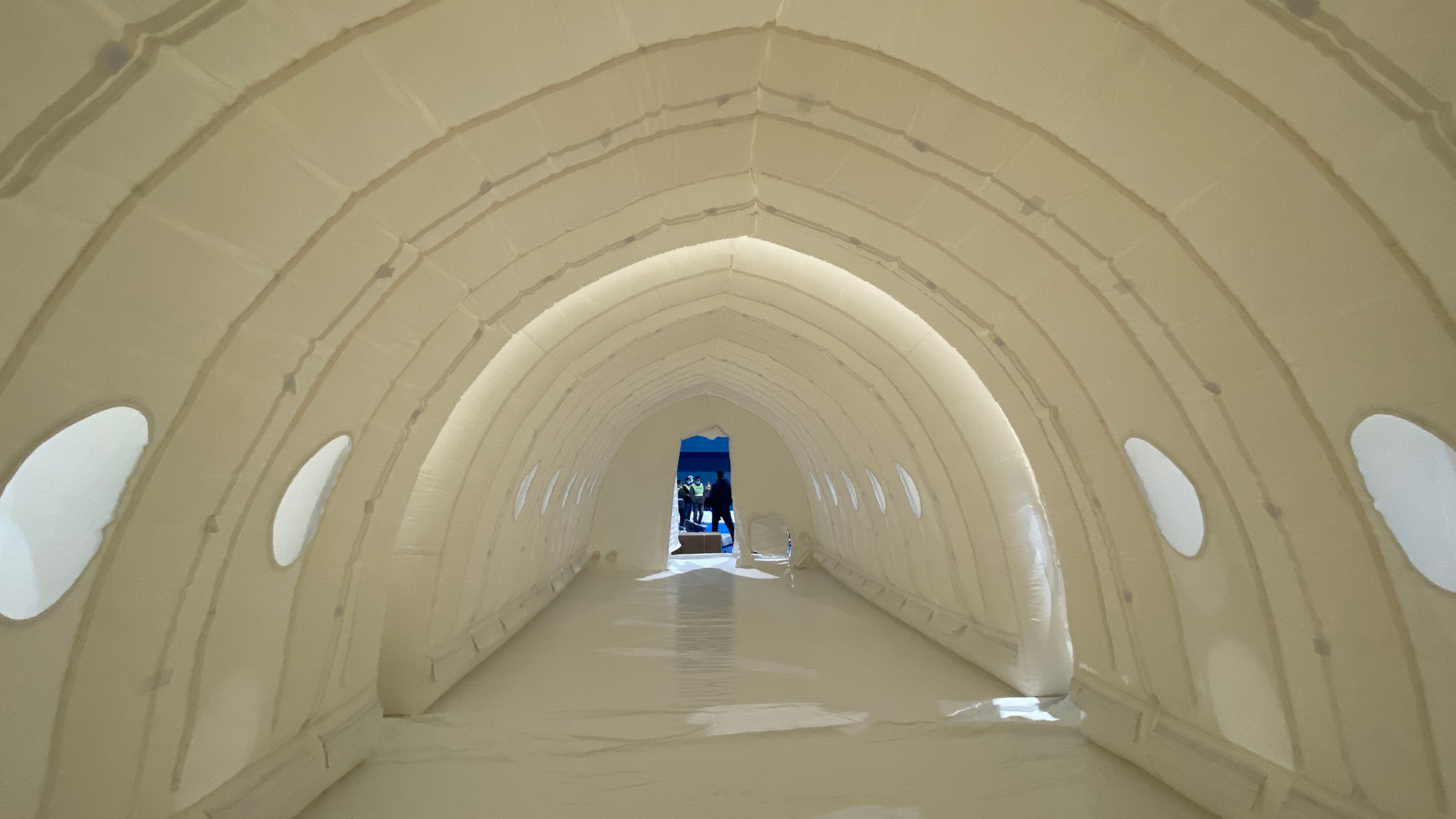
You might have seen news of China's mass COVID-19 testing in the last domestic outbreaks and wondered how they managed to test millions of people in a matter of days. Well, this prowess is due to the "Huo-Yan" air-inflated labs.
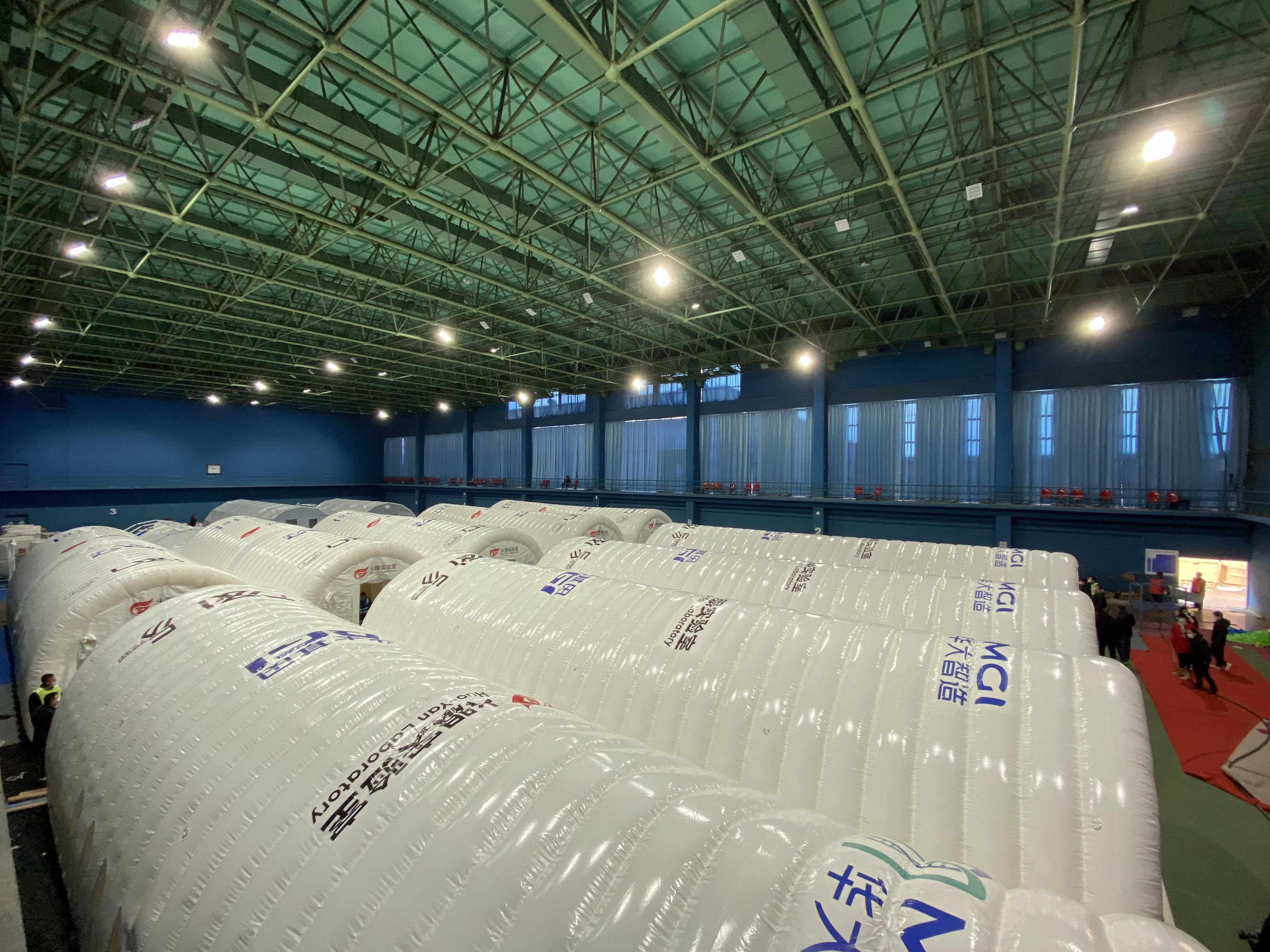
The "Huo-Yan" inflatable labs in Shijiazhuang, Hebei Province, with a maximum daily testing capability of one million samples, January 8, 2021. /BGI Genomics
"Huo-Yan," which literally translates into "fire eye" and refers to the legendary Monkey King's superpower in seeing evilness through covers, is a pathogen detection solution package developed by BGI Genomics, a leading Chinese genome sequencing and testing company. The "Huo-Yan" inflatable lab is a mobile and inflatable version of the detection solution for COVID-19.
"The core equipment of our Huo-Yan lab is MGISP-960, an automated nucleic acid extraction robot, that performs the equivalent work of 10 skilled lab operators," said Xiong Tao, a BGI Genomics engineer. But to conduct quick and mass testing of COVID-19, it is also essential to move these machines around whenever and wherever they are needed.
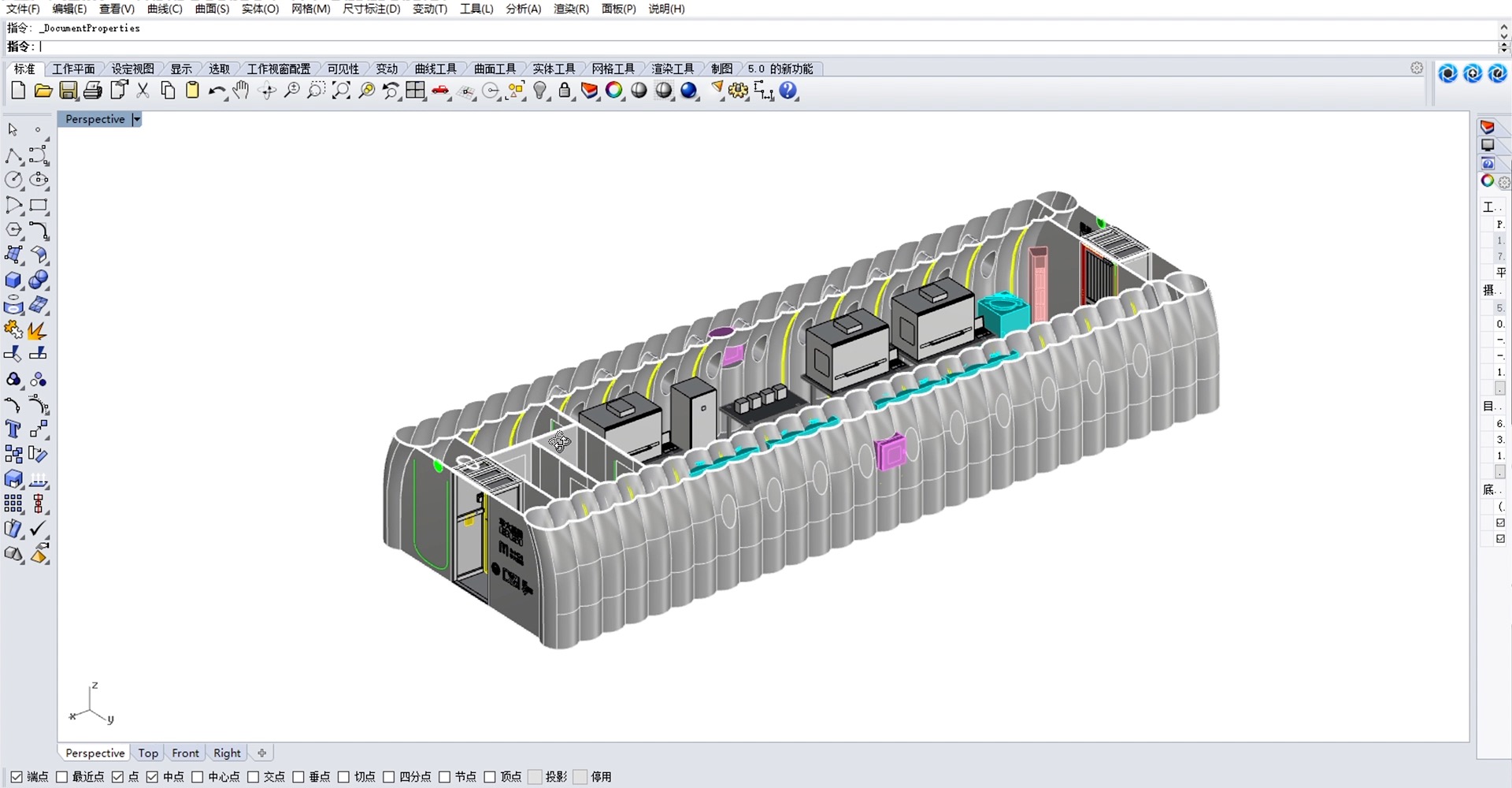
A 3D model of the inflatable "Huo Yan" lab. /Tongji University
That was where Su Yunsheng, assistant dean of the College of Design and Innovation at Tongji University, and his team came in. For over a decade Su has been researching on membrane-structured architecture, which he believes has many more possibilities than its concrete counterpart.
The inflatable "Huo-Yan" lab costs less than half the price of building a traditional lab, according to Su.The bubble tent measures 14 by 5 meters, and holds up through a 0.5-meter-wide air arch inflated in between two layers of films.
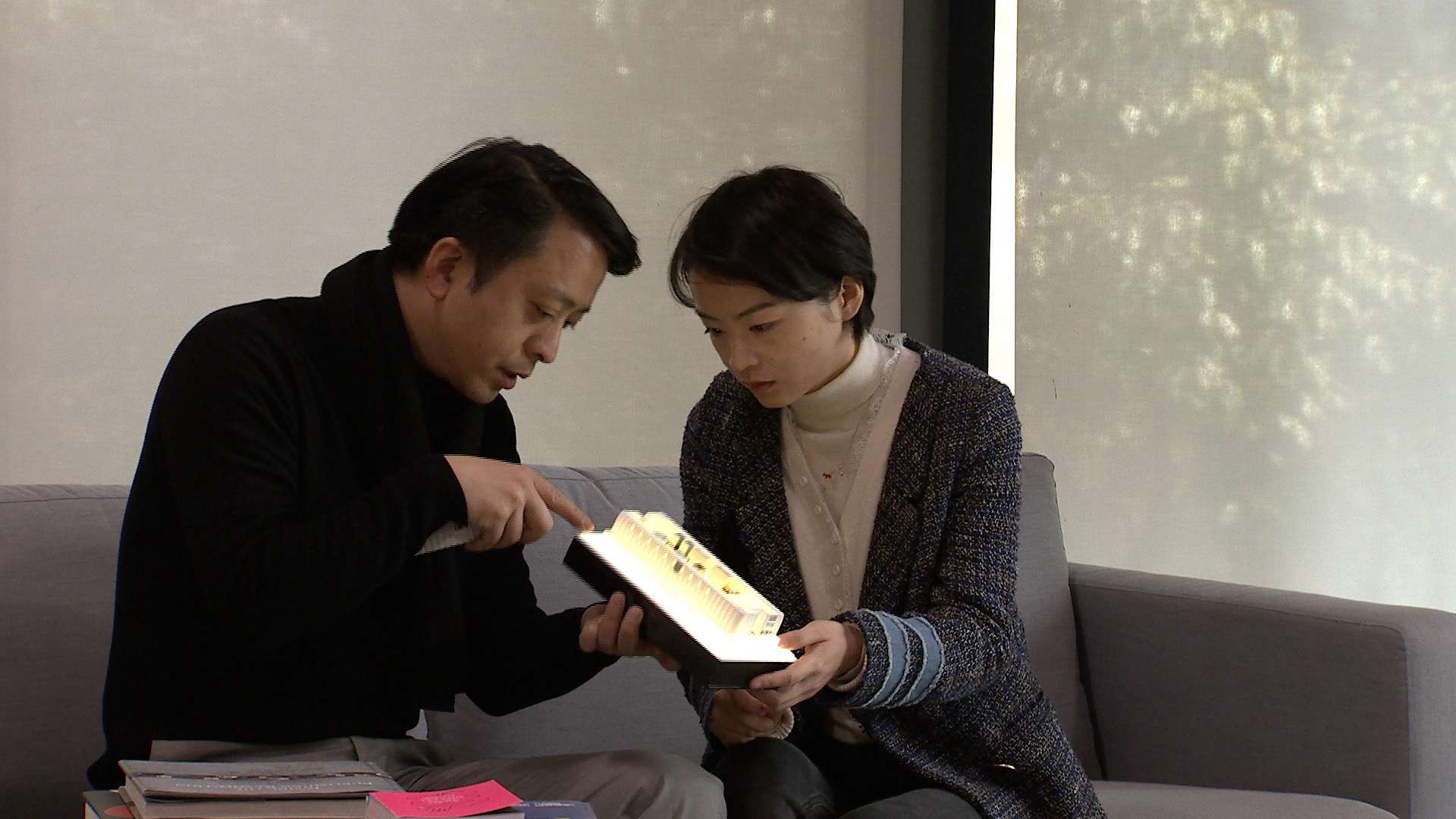
Su Yunsheng, chief designer of the air-inflated "Huo-Yan" testing lab, showing CGTN reporter a lab model at his office on January 15, 2021. Wu Zhenhua/CGTN
"It is our Baymax," said Su Yun, now the chief designer of the air-inflated "Huo-Yan" testing lab. "The essence of biosafety protection in a P2-level lab for COVID-19 is air management and avoiding the air from flowing in an opposite direction. So the balloon structure, which seals very well and can be easily transported and set up, is a good solution."
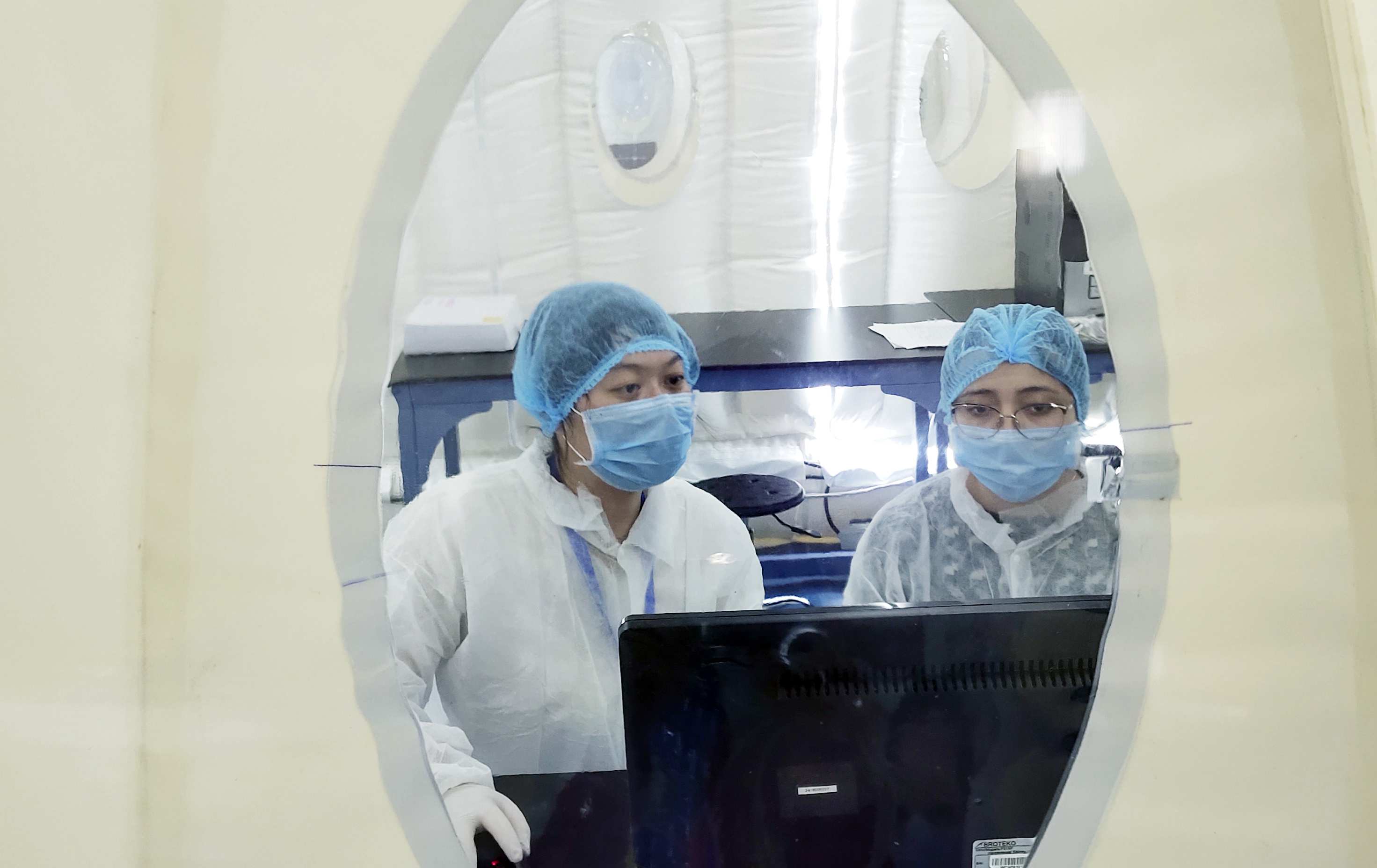
An inflatable "Huo-Yan" lab in Kazakhstan. /BGI Genomics
Since its debut in April 2020, the inflated "Huo-Yan" lab has been exported to a dozen countries such as Saudi Arabia, Ethiopia, Togo, Benin, Gabon and Kazakhstan, Su said, adding that the adoption of inflatable labs in early screening played an important role in controlling the pandemic in these countries.
As a next step, Su said his team is testing inflatable wards for market use as well.
 简体中文
简体中文

